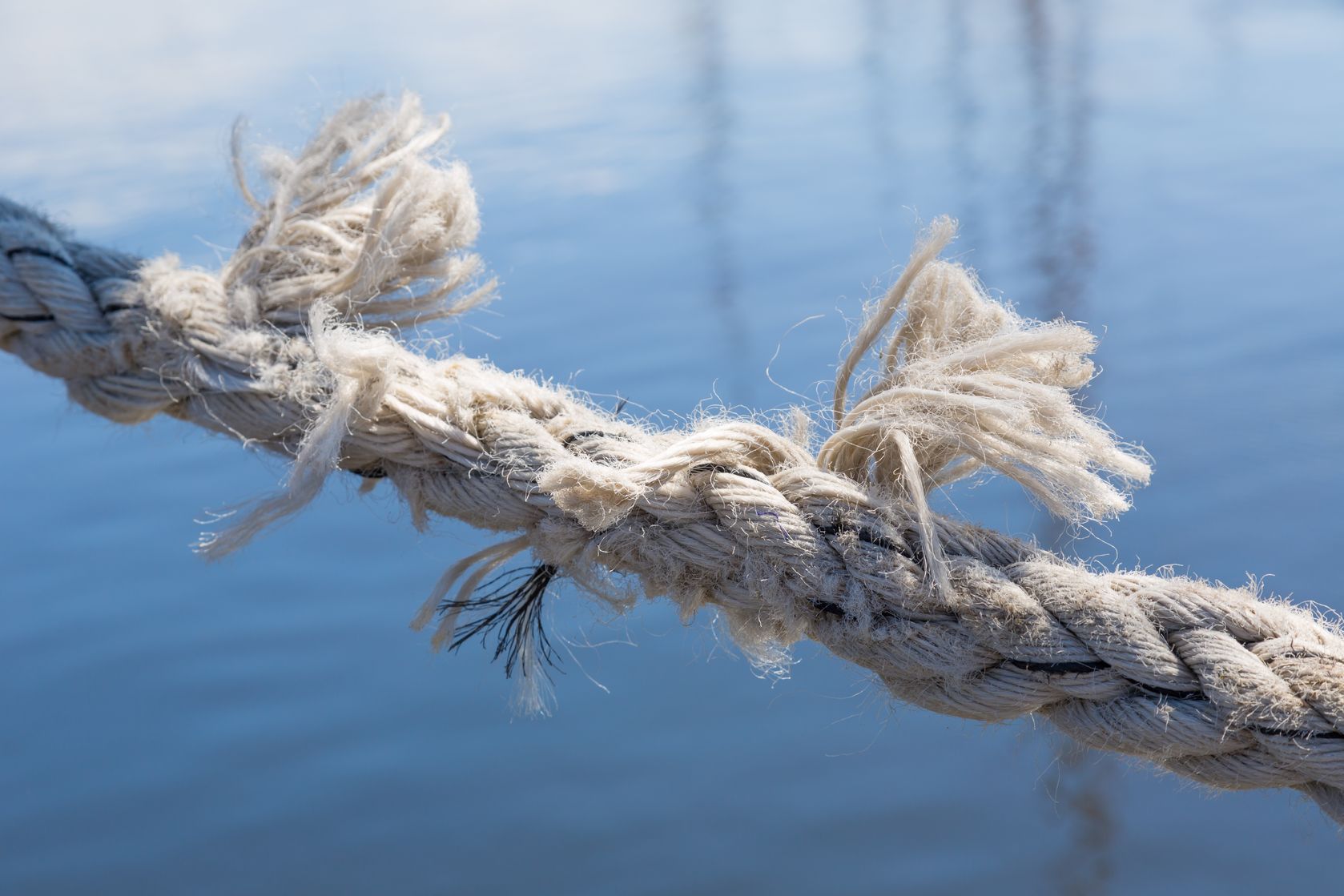Mooring Line Safety and Maintenance
The recent death of a worker on the Duwamish Waterway in South Seattle is a grave reminder of the importance of mooring line safety. John Henry Volkmann IV was trying to tie a gravel barge at the dock of a concrete plant on East Marginal Way South, when the mooring line he was working with broke. Mr. Volkmann was struck and fell into the water. Fire crews immediately responded and recovered Mr. Volkmann from the water, but he was in critical condition. He died at the scene.
When a mooring line parts or breaks, it is like a giant rubber band breaking, and as we know from past cases and incidents, the results can be debilitating or deadly to those working with the line. This training video created by the US Navy may be dated, but it shows viewers just how dangerous a broken mooring line can be to nearby crew members.
According to a Risk Alert bulletin published by Steamship Mutual Loss Prevention, mooring lines require care, maintenance, and inspection. Steamship Mutual urges members to put a planned maintenance system in place to assure safety. Below are just a few recommendations for vessel owners:
1. Mooring lines should be inspected across the entire length of the line at least once per month.
2. Wire ropes should be discarded when a given percentage of the wires are broken or a percentage of the original diameter of the rope is lost (these percentages differ depending on the type and gauge of rope)
3. Wire ropes must be dressed and greased to maintain their condition.
4. Fiber ropes must be kept out of full sunlight as the UV rays damage the fibers. Ropes should be covered or kept below deck.
5. Ropes should be stored away from any heat source.
6. Fiber and wire mooring lines should not be led such that they cross and touch other ropes. This can lead to wear and tear on the lines.
7. Ropes should be kept away from any chemicals that might compromise the strength and integrity of the line.
8. Sharp angles in the lead rope should be avoided.
9. All mooring rollers should be free turning and free from damage and corrosion, which can damage ropes.
The care and condition of mooring lines and any failure falls under Jones Act or general maritime law (read more about a case we successfully negotiated). Since vessel owners are required to provide a safe work environment from the dock to the vessel, a parted mooring line (broken), creates a situation in which the vessel is considered unseaworthy. This is because the mooring line did not perform as required and expected with use. Workers MUST have safe and well-maintained equipment, and if it is not in good working condition, this is considered negligence.
Detective Mark Jamieson of the Seattle police, said a full investigation by the Coast Guard and the federal Occupational Safety and Health Administration is expected. Many federal and industry safety standards apply to the mooring of a vessel and are regulated by the Coast Guard and OSHA. If safety standards are ignored, there can be liability on the part of the vessel owner.
Our deepest condolences go out to the family members and friends of Mr. Volkmann for their tragic and heartbreaking loss. Please keep them in your thoughts and prayers.
 Maritime Injury Law Blog
Maritime Injury Law Blog


